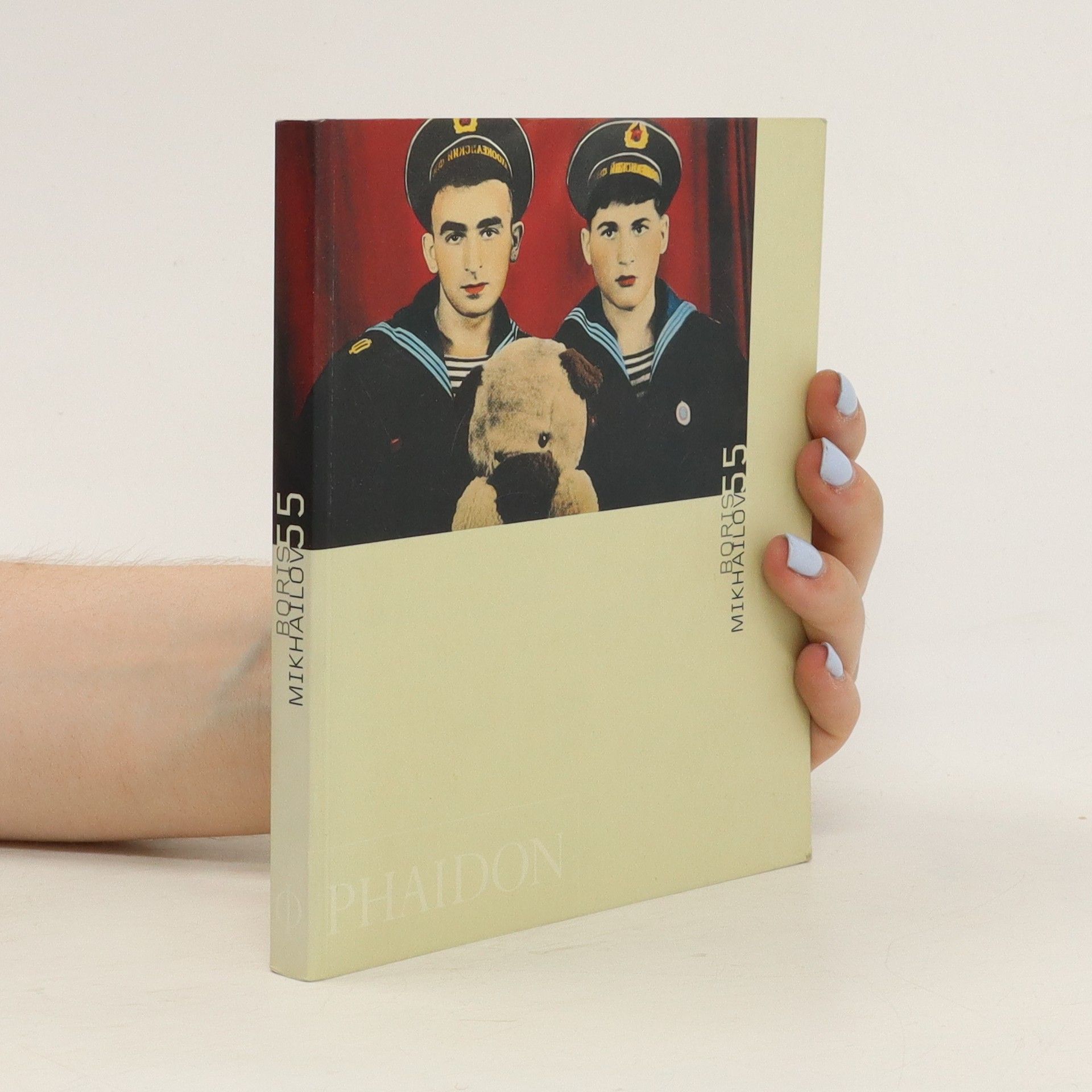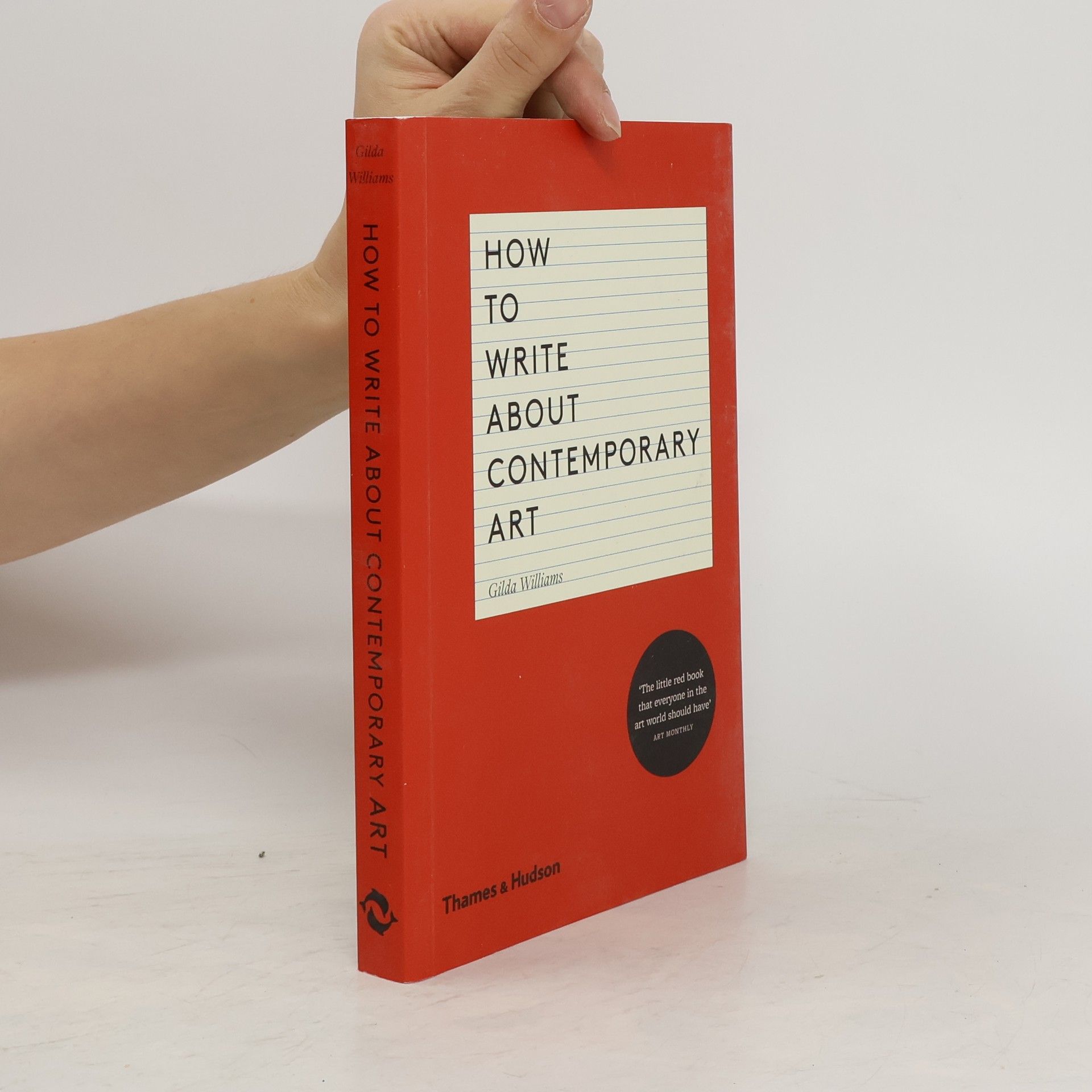Fiona Tan: Mit der anderen Hand - Reader
Museum der Moderne Salzburg / Kunsthalle Krems
- 352 pages
- 13 hours of reading
Das Buch bietet eine umfassende Anleitung zur Textarbeit, die sich auf die Analyse und Interpretation von Texten konzentriert. Es vermittelt Techniken zur kritischen Auseinandersetzung mit verschiedenen Textsorten und fördert das Verständnis für stilistische Mittel und deren Wirkung. Zudem werden praktische Übungen und Beispiele bereitgestellt, die es den Lesern ermöglichen, ihre Fähigkeiten in der Textbearbeitung zu verbessern. Die Kombination aus theoretischem Wissen und praktischen Anwendungen macht es zu einem wertvollen Werkzeug für Studierende und alle, die sich intensiv mit Texten beschäftigen möchten.


